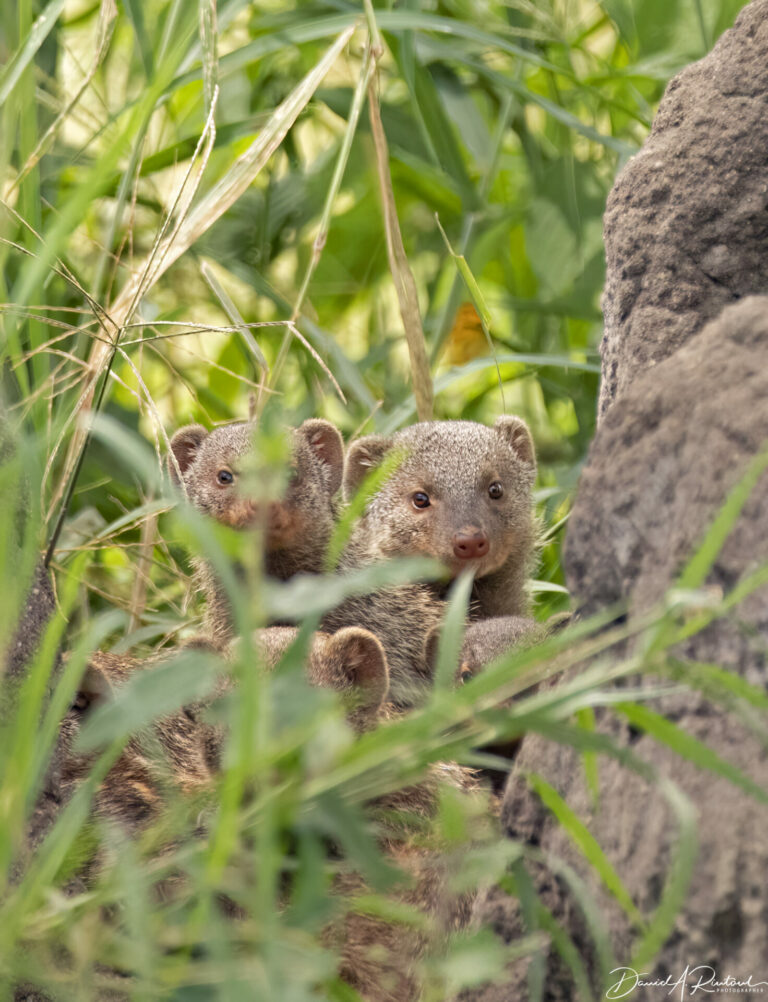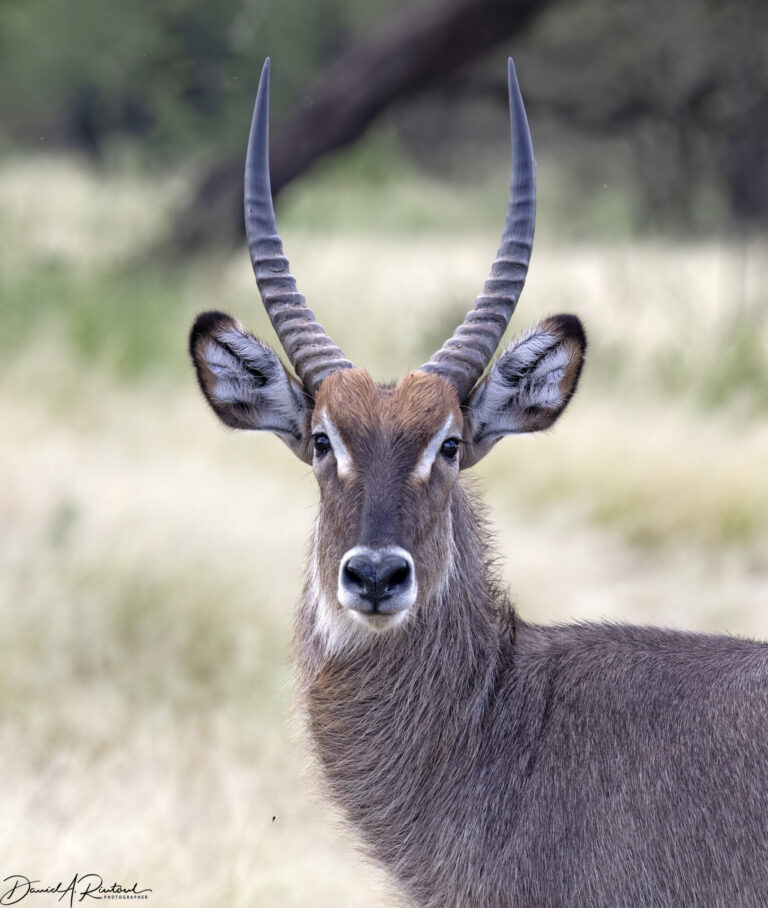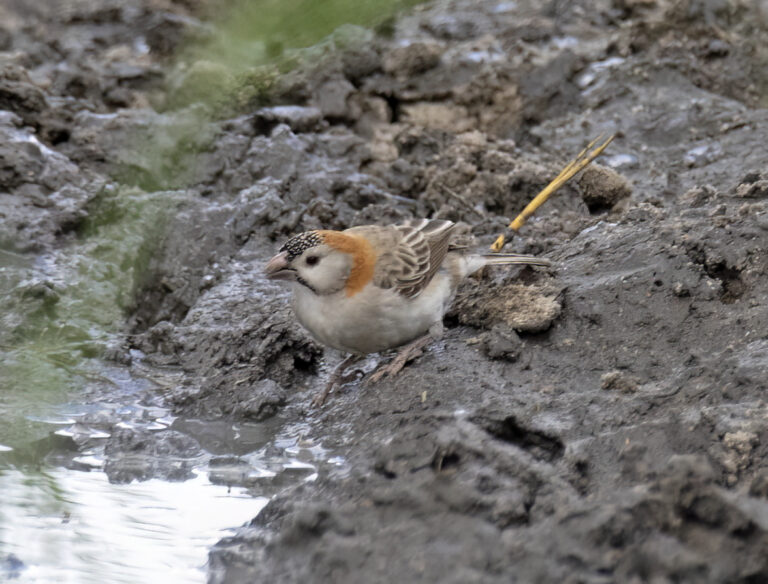On the Road is a weekday feature spotlighting reader photo submissions.
From the exotic to the familiar, whether you’re traveling or in your own backyard, we would love to see the world through your eyes.
It’s the first week of the new year, and who better to usher us into 2023 than Albatrossity?
Strangely enough, we are all “B”s the rest of the week – Backcountry, Bagels, Basque Country, and Bleak Beauty. Our submitters are ema, JanieM, Steve from Mendocino, and StringOnAStick.
I’ll let you guys figure out which person goes with with topic! Names are listed in alphabetical order, so there are no clues in the ordering of the names. Winner wins, well… something! (with the something to be decided later).
More wildlife from my first full day in Tanzania in 2018.

Last week I included a couple of giraffe pictures, and here’s another, just because these guys were so abundant in that park. This one has no obvious oxpecker pals, perhaps because he just looks sorta goofy. Click here for larger image.

Speaking of goofy, this Helmeted Guineafowl (Numida meleagris) might give that giraffe some strong competition. That thing on the top of its head is called a casque, and the Tanzanian subspecies (N. m. reichenowi) has the tallest version of any of the 9 subspecies. We usually saw these birds in larger flocks; this one was a loner, but it clearly wanted to be photographed. Click here for larger image.

The many abandoned termite mounds in this national park often had other inhabitants. Here are some young Banded Mongooses (Mungos mungo) warily watching our vehicle from behind one of those. Mom was nearby, and enforcing the rules of engagement. But as soon as the vehicle pulled away, I looked back and saw that they had ventured into the open for a wrestling match. Here’s a classic video of baby banded mongoose rearing, narrated by the incomparable David Attenbourough. Click here for larger image.

Some of the other cute mammals in the ark included these Rock Hyraxes (Procavia capensis). As we all learned in some biology class somewhere, these creatures may look like rodents, but are actually more closely related to elephants and manatees. You may not have learned that, like their relatives (and unlike rodents) they have a long gestation period of about 7 or 8 months, which is incredible for an animal which only weighs about 10 pounds. Click here for larger image.

Of the many species of antelopes in this part of the world, there were some we saw almost daily and some that we only saw a few times. Waterbuck (Kobus ellipsiprymnus) were seen only a few times, so I’m glad I got a decent portrait of this male. This is a large and sturdy antelope, with males weighing up to 500 or 600 pounds. Click here for larger image.

The final mammal for today, before we get to the birds(!), is the Vervet Monkey (Chlorocebus pygerythrus); that Latin/Greek can basically be translated as “green monkey with a red butt”. No view of the butt here, but that yellow-green color is pretty obvious. Interestingly the males also have a blue scrotum, which is bright blue in high-ranking males and very pale in low-ranking males. Primates have some very interesting signals to indicate social rankings… Click here for larger image.

Finally, some birds! This is a Black-headed Heron (Ardea melanocephala), a handsome species which is widespread in sub-Saharan Africa, often in drier pastures quite far from water. This one behaved more like a typical heron; that is the Tarangire River in the background of this picture. Click here for larger image.

This is an African Hawk-eagle (Aquila spilogaster), which I saw only a couple of times during this trip. I admit to being confused by the term “hawk-eagle”. Is it an eagle or is it a hawk? It might be both, because the field guides describe this bird as a “fairly small eagle”. Indeed, it is smaller than most eagles, and even a bit smaller than the largest North American Hawk, the Ferruginous Hawk (Buteo regalis). It feed on larger birds and smaller mammals; both the guineafowl and the hyrax shown above would be justifiably afraid if this guy appeared overhead. Click here for larger image.

The final image is the aptly-named Speckle-fronted Weaver (Sporopipes frontalis), a small finch-like member of the weaverbird tribe, These birds are much smaller than the White-headed Buffalo-weaver featured in this space last week; they are about the size of the House Sparrows (another weaverbird) that are familiar to North American birders. These birds are widespread but local, and this was the only time I saw them on the trip. Click here for larger image.

OzarkHillbilly
Heh… I didn’t even see mongooses 3, 4, and 5 the first time I looked at that pic.
That heron is rather statuesque. ;-)
Got to say I love that Speckle-fronted Weaver. Any day I learn something new is a good day: I had no idea House Sparrows were weaverbirds.
Chris T.
That Helmeted Guineafowl has very strong dinosaur vibes…
raven
Awesome!
SkyBluePink
What a magnificent antelope! And the giraffe has such character!
Really enjoy all your photos- you have a such a gift.
mvr
I like the photo of the mongooses and of course also the hawk-eagle.
What makes an eagle an eagle? You seem to be taking your cue from the guidebook saying it is a small eagle, rather than from the scientific name. So that makes me curious.
Thanks!
JanieM
Great stuff as always, Albatrossity. I admire and try learn from the way the critters you photograph always seem to have individual personalities, and often seem to be having some kind of conversation with you.
Albatrossity
@mvr: The genus name is (hopefully) based on phylogenetic evidence, maybe including DNA. Common names, not so much. But all of these are just arbitrary bins we construct for our convenience. So whether it is a hawk, or an eagle, or a hawk-eagle, is probably a matter of curiosity rather than anything else!
mvr
@Albatrossity: Thanks!
munira
Wonderful pictures. I always love the birds, but it’s also nice to see some animals since you’re such an amazing photographer, we get a whole new look at them. Thanks
way2blue
Thanks as always, Albatrossity. I think Dr Suess must have spent time in Tarangire and must have been inspired by some of the goofy ones you photographed. (Doesn’t Suess feature a hyrax in one of his books?)
StringOnAStick
Gorgeous as always, sir!
As for the Helmeted Guineafowl, do you have any idea what the evolutionary use is of that casque? It looks like it has the same hardness as bone with a few feathers to decorate it. Maybe used by the males for fighting for dominance I might guess.
Albatrossity
@StringOnAStick: Both males and females have that thing, so it is probably not used for sexual dominance tussles. It may be used for self-defense. But I don’t know for sure. I’ll see what I can find out!